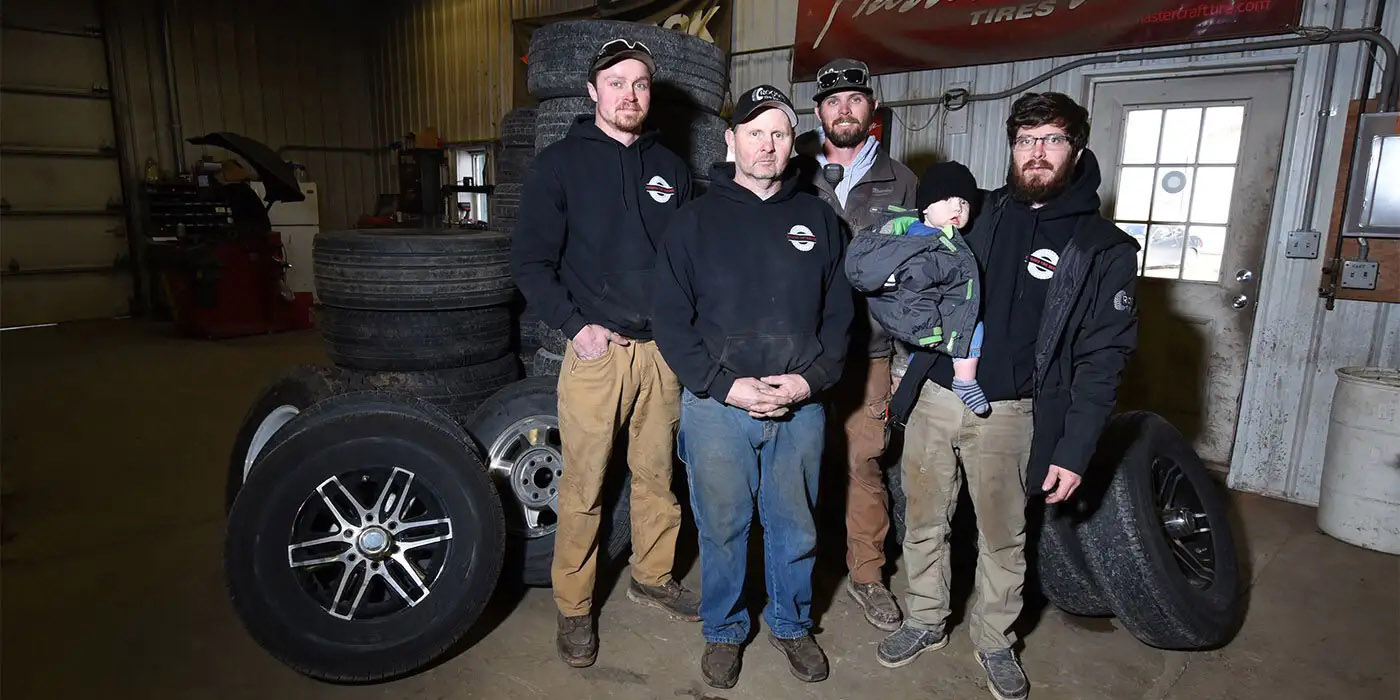As I was sitting in my car in the parking lot the other day, waiting for the call from my dentist’s receptionist that was my turn to come in for in my annual checkup, I thumbed through my phone looking at some of my unused apps. Apple Pay mocked me – I had set it up once, long ago, but forgot it was there. Why would I need that when I have my handy dandy debit card?
According to VISA, the use of contactless payments has grown over 150% since March of 2019. This rapid increase in use was attributed to the pandemic and ensuing lockdown as people attempted to distance themselves from others. Is your shop taking contactless payments?
Contactless payments aren’t really new. Mobil gas stations introduced “Speedpass” in 1997 and gathered a following of over 7 million users by 2004. All you had to do was wave your little gizmo over the magic spot on the pump and start filling.
The system works by the use of a Near Field Communication System (NFC) enabled device such as a smart phone or credit card, which needs to be within 4 centimeters (1.6 inches) of the reading device. Using this small of a field helps keep the transaction secure.
Additional security measures are also built into the system such as encryption and what is called Tokenization. A Token is a unique, one-use information packet that does not include any of your card or device details. When making a payment, and the device is within the required distance, this token is sent to the payment terminal and the payment is approved. Another layer of security can be added requiring a PIN, facial recognition, or password to complete the transaction. Contactless payments are very secure. And if somehow someone was able to misuse the system, customer liability is limited which is a plus for users.
Not all contactless payment systems use NFC. BOLT ON TECHNOLOGY, offers a “Text-To-Pay” contactless method. A text message is sent to a customer that includes a copy of the invoice along with a “Pay” button. When the customer wishes to pay the invoice, they tap the pay button on their phone and the software automatically populates all the customer’s info including address. Customer scans their credit card and signs on the phone with their finger sending the payment on its way with a single tap. The shop receives the payment and texts back a paid Invoice.
Whichever method you use, contactless payments offer your shop many advantages such as
- A quicker payment process, cutting down the lines at the end of the day.
- It gives you the time to set up the customer’s next appointment and discuss what they will need at that time.
- The systems are very secure.
- Using this method results in a better customer overall experience.
- There are no additional charges for the shop using this method with a card processor in place.
- Protection against fraud by most banks.
After I swished from my cleaning, I reached for my wallet to pay the receptionist. From the other side of her glass window, she pointed to the sticker that said, “We accept Apple Pay.”
I held up my phone and she held up a 6-month reminder card. I walked out with a fresh smile, a new toothbrush, and a newfound appreciation for contactless payments.
I’m Doug Kaufman – thanks for spending a couple of minutes with me.
This video is sponsored by BOLT ON TECHNOLOGY.













